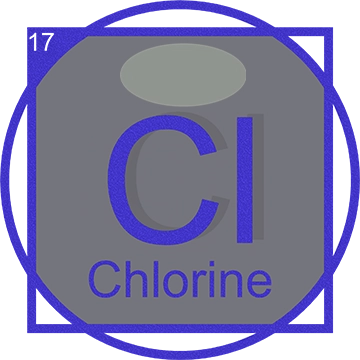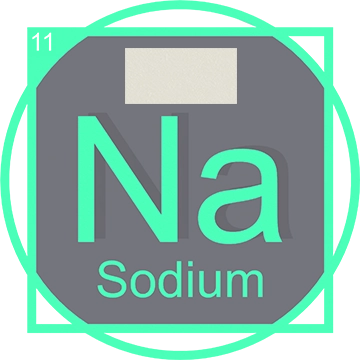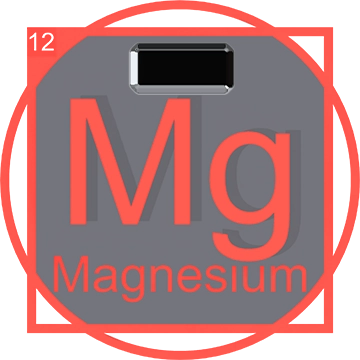The Essential Element: Chlorine (Cl)
Chlorine (symbol: Cl) is a fundamental element in the periodic table known for its extensive use in public health and industry. This greenish-yellow gas, characterized by its pungent and potent smell, plays a pivotal role in modern chemistry and industry.
Discovery of Chlorine
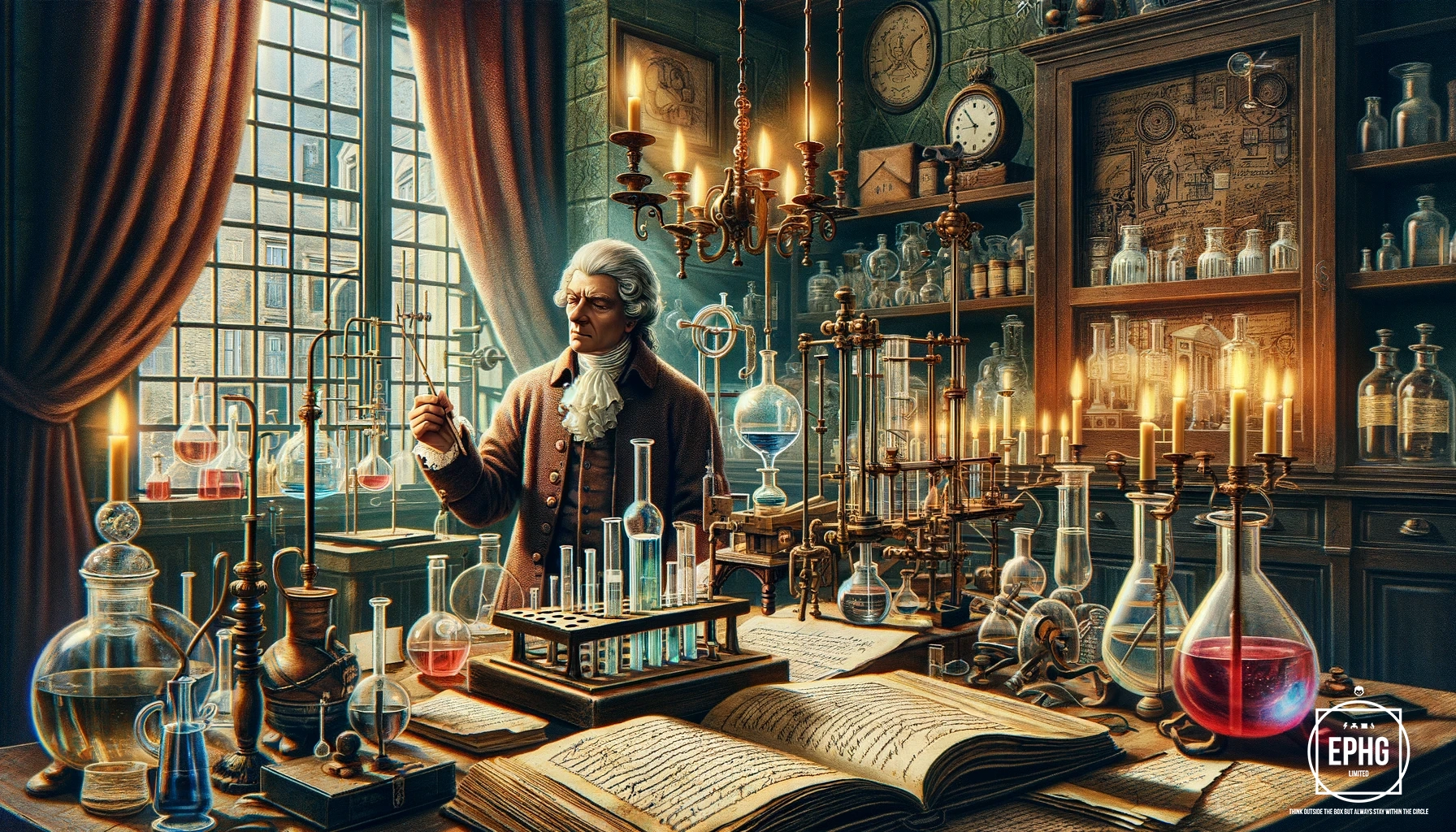
Chlorine was first discovered and isolated by the Swedish chemist Carl Wilhelm Scheele in 1774. Although Scheele did not initially recognize it as a completely new element, Sir Humphry Davy confirmed its elemental status in 1810. This discovery marked a significant advancement in the field of chemistry and opened the door to numerous scientific and industrial applications.
Chlorine in the Periodic Table
Positioned in Group 17 of the periodic table, chlorine is part of the halogens family. This group is known for its reactivity and electronegativity. As one of the most reactive elements, chlorine readily forms compounds with nearly all other elements, particularly metals, with which it produces salts such as sodium chloride (table salt).
Role in Science and Industry
Chlorine's high reactivity makes it incredibly useful in various scientific applications. It is a vital ingredient in the manufacture of an array of products, including disinfectants, bleaches, solvents, and a multitude of everyday plastics like PVC. Moreover, chlorine is essential in water treatment processes to ensure water is safe from pathogens.
Health and Safety Considerations
While chlorine is indispensable in many sectors, it is also a potent irritant and must be handled with care. Exposure to chlorine gas can be harmful, leading to respiratory issues and other health problems. Safety protocols are strictly enforced in industries dealing with chlorine to protect workers and the environment.
How Chlorine Is Produced
Chlorine is primarily produced through the electrolysis of sodium chloride (salt) solution in a process known as the chlor-alkali process. This involves passing an electric current through the saltwater solution, resulting in the production of chlorine gas at the anode and hydrogen gas at the cathode.
Sources and Associated Elements
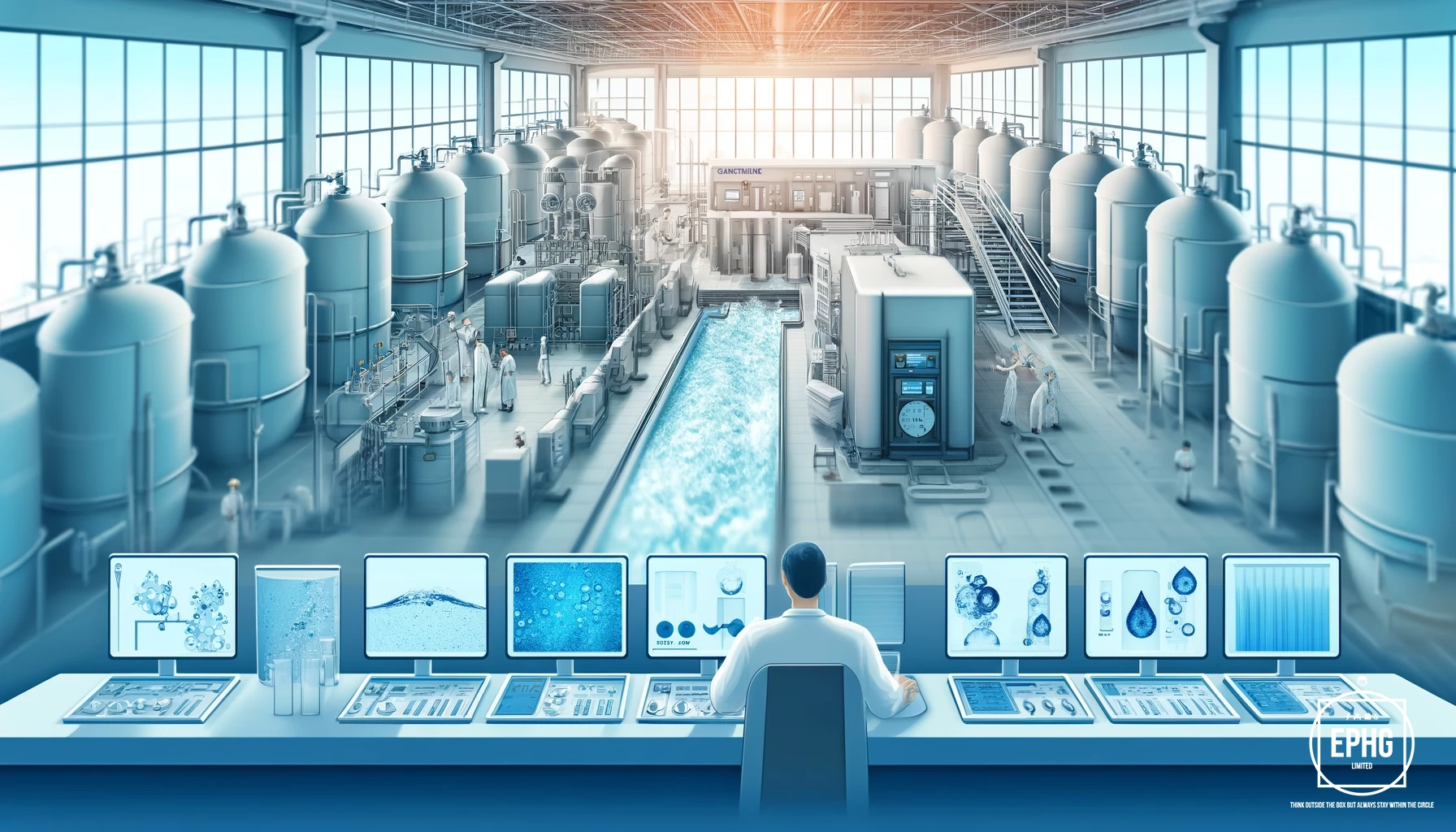
Chlorine itself is not mined; it is derived from mined salts such as halite (rock salt). Large deposits of halite can be found in places like the Great Salt Lake in Utah, the Salar de Atacama in Chile, or the salt mines in Khewra, Pakistan. Commonly associated elements include sodium (Na), magnesium (Mg), and potassium (K), which are often found in these salt deposits.
Associated elements can be explored in more detail here:
Modern Uses of Chlorine
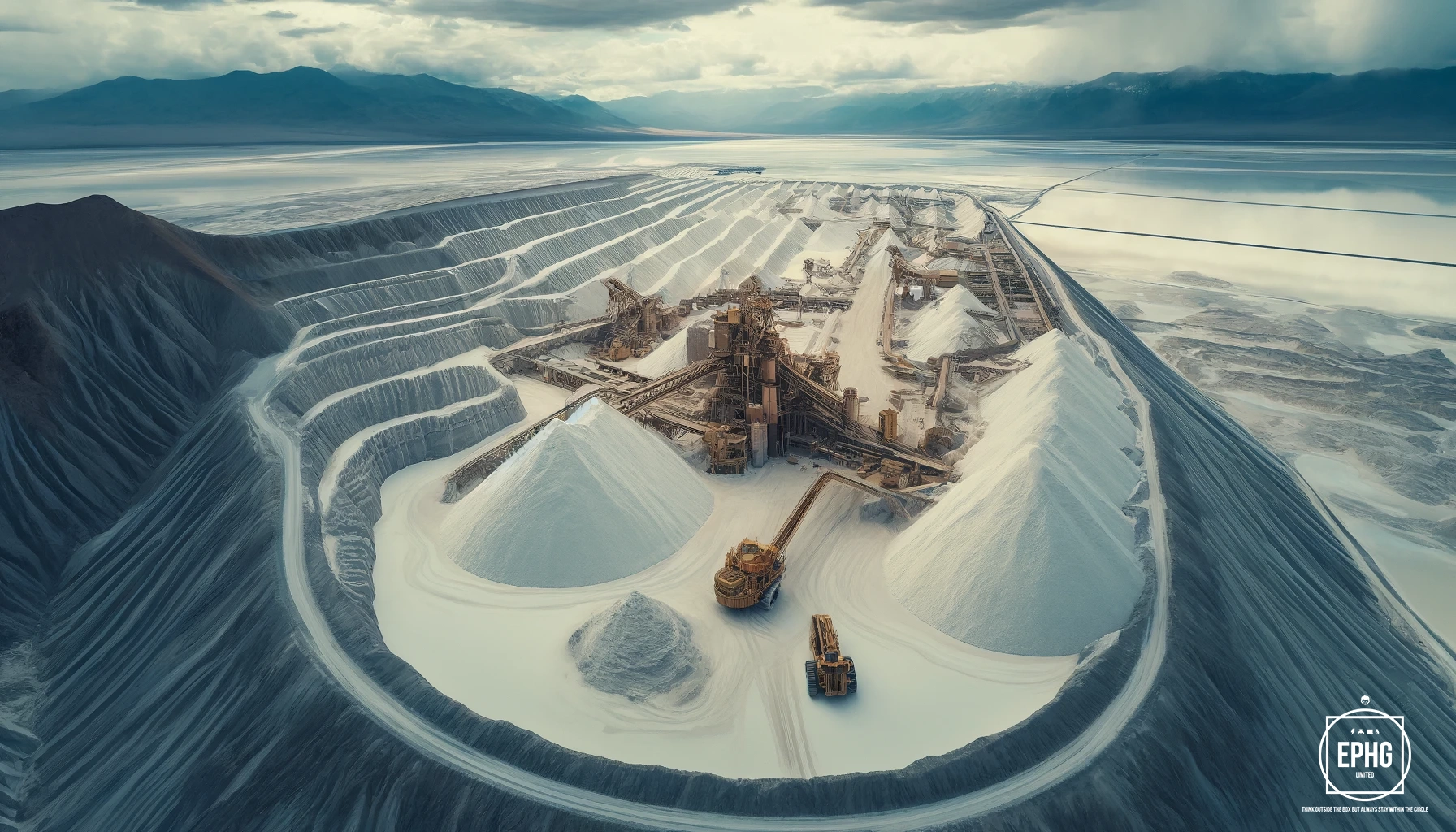
Today, chlorine is indispensable in water treatment processes to make drinking water safe. It is also a critical ingredient in the production of disinfectants and bleaches. Beyond public health, chlorine is used in the manufacture of plastics, solvents, and other chemicals.
The Future of Chlorine
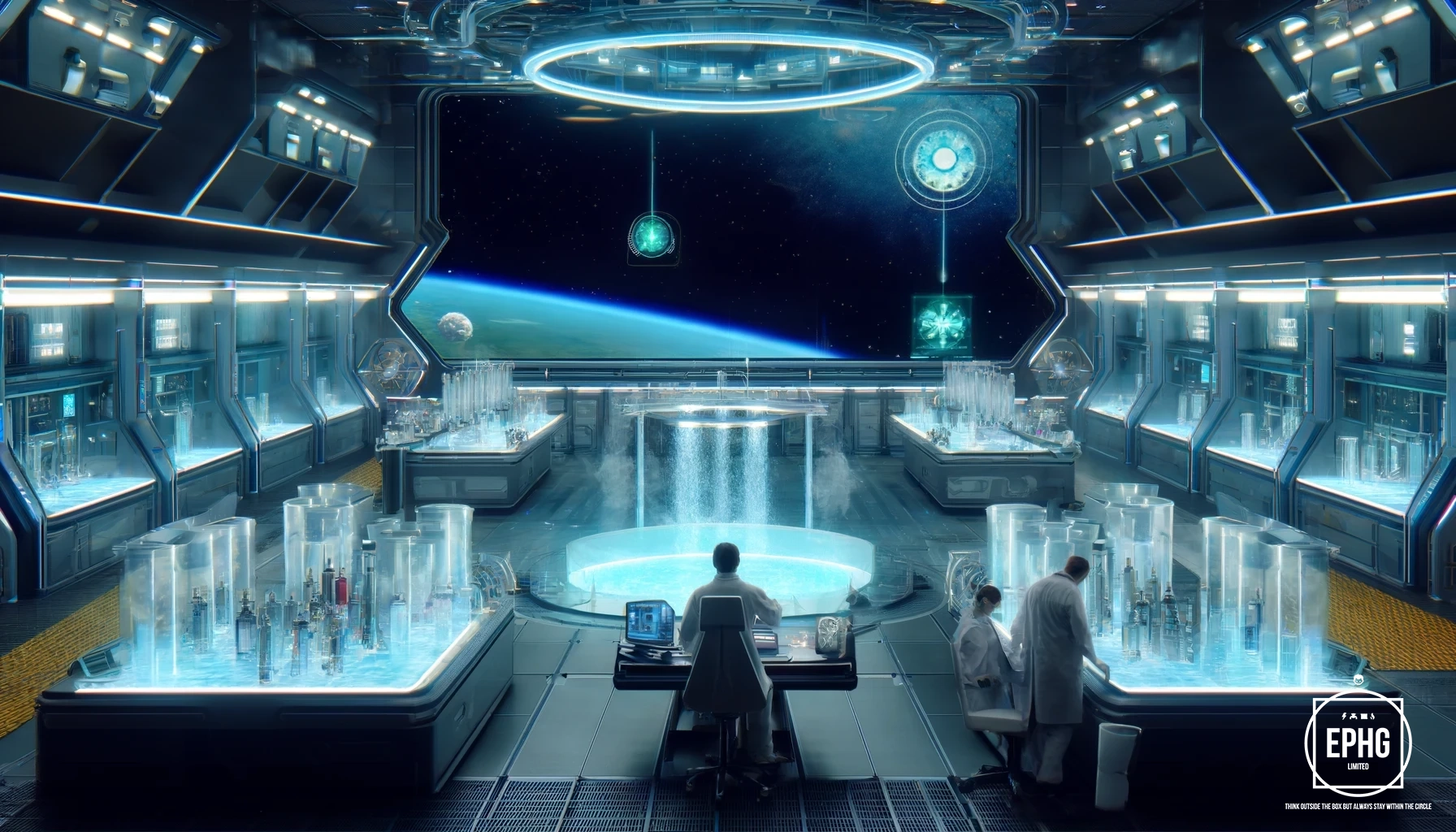
Looking ahead, chlorine is likely to play a key role in sustainable practices and technology. Innovations in chlor-alkali technology may make its production more energy-efficient and environmentally friendly. Furthermore, research into new disinfection and sanitation technologies could expand chlorine's applications in public health.
